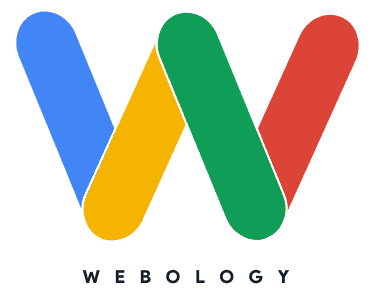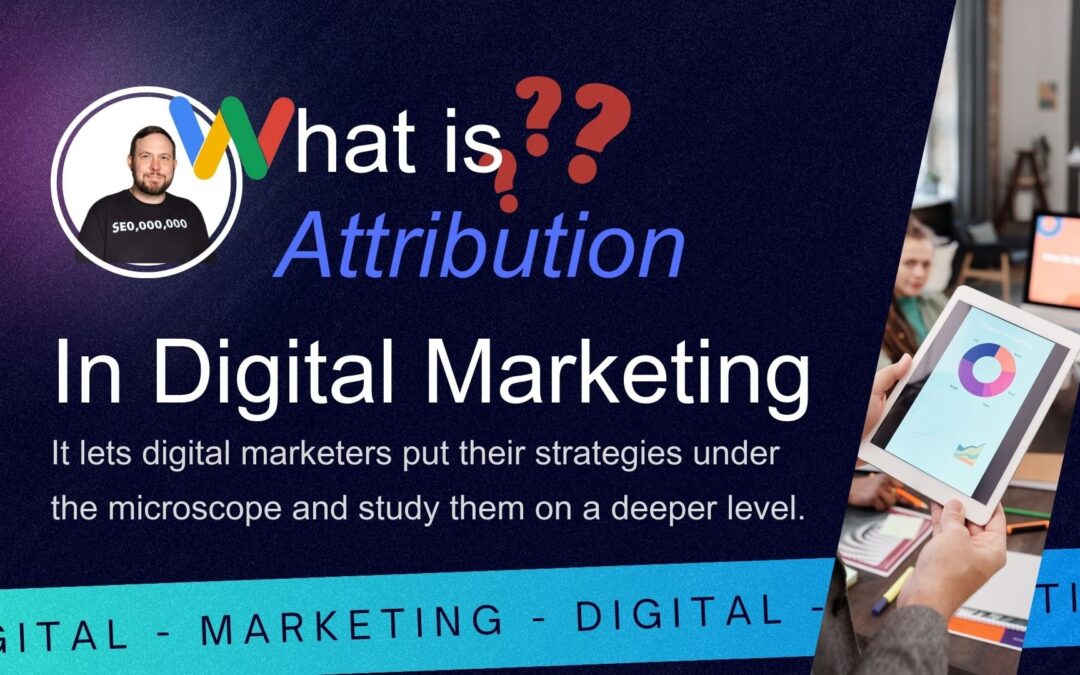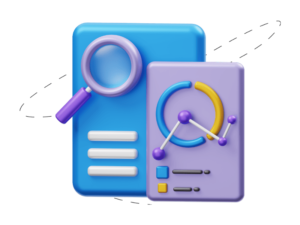Your prospects go through multiple touchpoints before converting into customers.
Calculating your overall digital marketing ROI is straightforward.
But, how do you know which customer journey touchpoints are responsible for results?
This is where attribution comes in. It lets digital marketers put their strategies under the microscope and study them on a deeper level.
Table of Contents
In this post, we’ll tell you:
- What is attribution in digital marketing
- Types of attribution models
- Why you should implement it
- How to incorporate attribution in your digital marketing workflows
It’s not that hard to DIY, so let’s dive in.
What is Attribution in Digital Marketing?
Your customers have several interactions with your business before converting.
The technical name of such an interaction is “Touchpoint”.
Attribution helps marketers identify the touchpoints responsible for a particular conversion event.
It allows you to understand the role of each touchpoint in a customer’s journey.
A digital marketing attribution model visualizes the path someone takes before taking the desired action.
It also tells you the role or impact of each touchpoint in driving that conversion event.
Why Do Marketers Need Attribution?
Identify High-Performing Touchpoints
Almost every business focuses on an omnichannel marketing approach these days. And, why not? It’s a growing necessity.
However, this makes it difficult to identify the marketing touchpoints responsible for a desired outcome.
Let’s say you use two touchpoints to achieve the same objective: Search and social media ads.
You successfully achieve that objective, but how do you know which touchpoint is responsible? By using a digital marketing attribution model.
Optimizing Low-Performing Interactions
Multi-touch attribution offers an overview of the path someone takes throughout your marketing funnel.
You can use this information to find and eliminate or optimize interactions that aren’t generating satisfactory results.
Different Types of Attribution Models

Digital marketing attribution models track the customer journey and assign credit to the relevant touchpoint/s.
Let’s dive into different types of attribution models.
Single-Touch Attribution Models
A single-touch attribution model assigns credit to a single source or touchpoint.
While they’re simple to measure, single-touch attribution models aren’t suitable for all situations.
Here are the sub-classifications of this type.
First-Touch Attribution
This gives credit to the first interaction of a user with your business.
It’s used for digital marketing campaigns where the first point of contact is the most important.
Let’s say you’re running a Google ad for a piece of software.
Someone clicks on the ad and lands on your blog. From there, they request a demo and buy your product.
The first-touch attribution model assigns 100% credit to the Google ad.
Last-Touch Attribution
This attribution model gives 100% credit to the closest touchpoint to the conversion.
Continuing with the last example, the blog post would be the last touchpoint before someone requests a demo.
Therefore, the last-touch attribution model will assign 100% credit to that blog post.
Multi-Touch Attribution Models
Single-touch attribution models can be one-dimensional, not catering to the complexities of a marketing funnel.
A multi-touch attribution model gives you a holistic view by accounting for all the touchpoints in a marketing funnel.
Let’s break down its types.
Linear Attribution
This gives equal credit to all the touchpoints in a customer’s journey.
Let’s say you have 3 touchpoints in a campaign:
- A search ad
- A blog post
- A retargeting ad
Linear attribution will assign 33.34% credit to each touchpoint.
U-Shaped Attribution
A U-shaped attribution model assigns credit to all touchpoints in a customer’s journey, but not equally.
The first and last touchpoints carry more weight than interactions in between.
Continuing with the last example, let’s say there are three touchpoints in your funnel: Search ad, blog post, and retargeting ad.
The model will assign 40% credit to the search and retargeting ad each, and the remaining 20% to the blog post.
Time Decay Attribution
The time decay attribution model also assigns credit to all touchpoints.
However, interactions closest to conversion carry more weight.
Let’s reconsider the last example to understand the model.
The model may assign credit to each touchpoint as follows:
- Search ad: 20%
- Blog post: 30%
- Retargeting ad: 50%
W-Shaped Attribution
Like the U-shaped attribution model, W-shaped attribution gives more weight to the first and last touchpoints.
The difference is that it also considers interactions between the two extreme touchpoints.
So, if a touchpoint in the middle generates results, it’ll get a credit equal to the other two.
Let’s say you have 5 touchpoints. The first, middle, and last one will carry equal weight, i.e., 30%. The other two will account for the remaining 10% (5% each).
You May Also Like: Why Create Long-Form Content & How to Do It Right
Limitations of Attribution in Digital Marketing
Attribution can help you move in the right direction, but it’s not perfect.
Single-touch attribution models oversimplify the customer journey.
A marketing funnel can have many touchpoints with varying contributions. Single-touch models disregard them.

Multi-touch attribution models, on the other hand, give you an overview of how different touchpoints play their part in the customer journey.
However, they’re more complex, difficult to implement, and may provide an unclear picture.
For instance, the linear model assumes that every touchpoint carries equal weight.
Similarly, time decay, U-shaped, and W-shaped models count selective touchpoints while ignoring others. The time decay model assigns more value to events closest to conversions, disregarding the significance of earlier touchpoints.
Despite their limitations, attribution models can help you get some clarity on what’s working in your digital marketing efforts, helping you move in the right direction.
Marketing Attribution Software Options
There are several marketing attribution software options available in the market, each with its own unique features and capabilities. Some popular tools include:
- Google Analytics A free tool that provides basic attribution modeling capabilities. It allows you to track different touchpoints and assign credit to each one based on your chosen model.
- HubSpot is another powerful marketing automation tool that offers multi-touch attribution capabilities. It also includes additional features such as lead tracking and conversion rate optimization.
- AdRoll offers more advanced attribution modeling features, including multi-touch attribution and custom attribution models. It also integrates with various advertising platforms such as Facebook, Instagram, and Google Ads.
How an Agency Might Help With Your Marketing Attribution
Setup can be a challenge, especially if you’re not familiar with digital marketing or data analysis.
An agency can help by identifying the best attribution model for your business and setting it up correctly.
They can also assist in tracking and analyzing data to provide insights into which touchpoints are driving conversions and where adjustments need to be made.
Concluding Thoughts on Marketing Attribution from Webology
✔️ Every customer was once a prospect. They interacted with your brand several times during that journey.
✔️ Attribution in digital marketing helps you understand the role of each of those interactions or touchpoints.
✔️ There are two major types of attribution models. Single-touch and multi-touch attribution models.
✔️ While both have their limitations, they can help identify weak points and growth opportunities in your digital marketing funnel.
✔️ Depending on your goals and the marketing channels you use, you may want to use more than one model to get a detailed overview of your performance.
Don’t know where to start? Webology can help you unlock actionable insights from your data.













